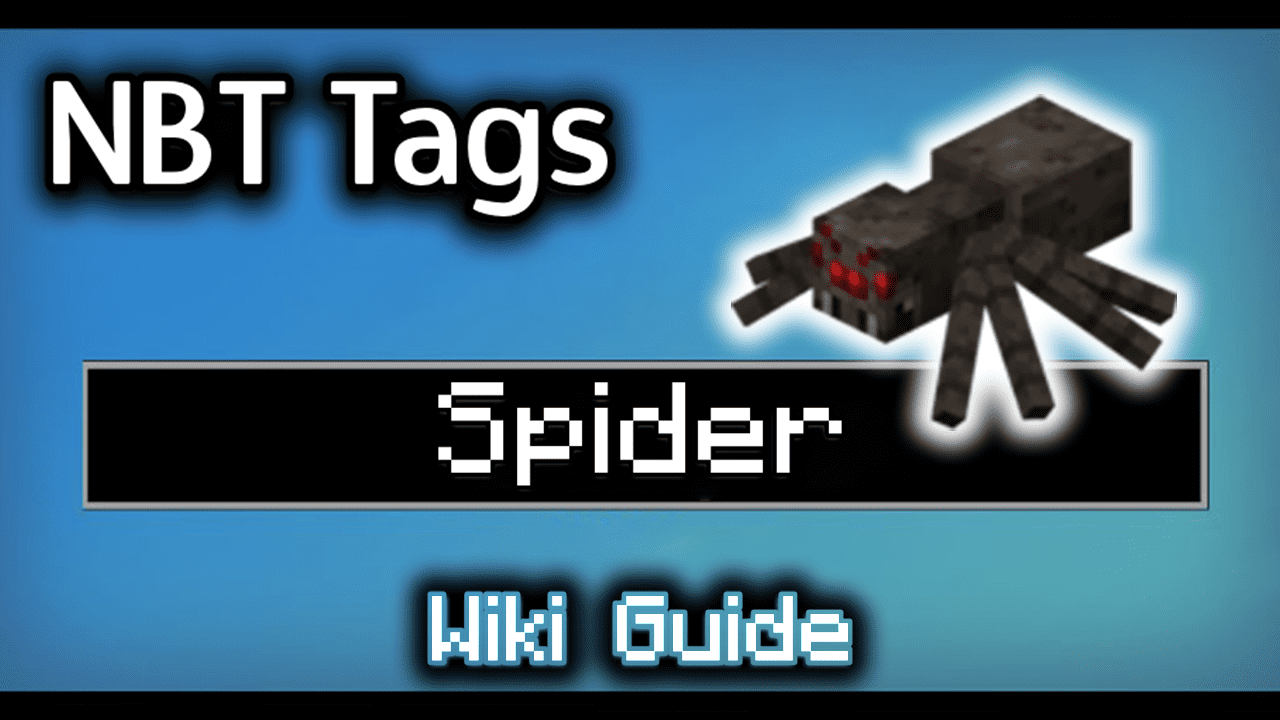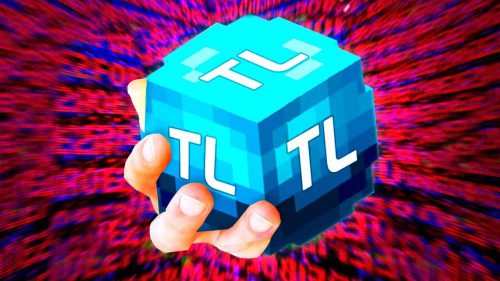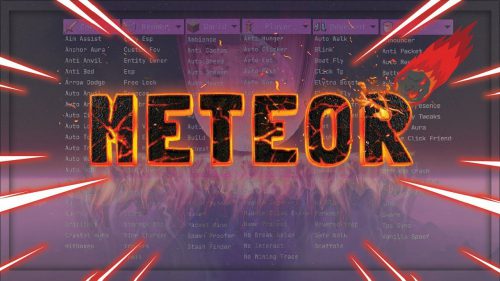NBT Tags for Spider – Wiki Guide
 113
113
 0
0
 January 4, 2024
January 4, 2024
This Minecraft tutorial explains the NBT tags (formerly called data tags) that you can use for a spider in Minecraft Java Edition (PC/Mac) 1.16, 1.17, 1.18, 1.19 and 1.20.
TIP: If you are not running Minecraft Java Edition (PC/Mac) 1.16/1.17/1.18/1.19/1.20, find NBT tags for spider in another version of Minecraft:
- Java Edition (PC/Mac) 1.14/1.15
- Java Edition (PC/Mac) 1.11/1.12
- Java Edition (PC/Mac) 1.10

Background
In Minecraft Java Edition 1.16, 1.17, 1.18, 1.19 and 1.20, the entity value for a spider is spider. The spider entity has a unique set of data tags that can be used in Minecraft commands such as: /summon and /data.

What are NBT tags (formerly called Data Tags)?
NBT tags allow you to set certain properties of an entity (such as spider). The NBT tag is always surrounded in {} such as {CustomName:”\”Webby\””}. If there is more than one NBT tag used in a game command, the NBT tags are separated by a comma such as {CustomName:”\”Webby\””, NoAI:1}.
List of NBT Tags
Here is a list of the NBT tags that you can use for spider in Minecraft Java Edition (PC/Mac) 1.16, 1.17, 1.18, 1.19 and 1.20:
| NBT Tag | Value (Description) | Works With |
|---|---|---|
| CustomName | name (The name to assign to the spider)
Example |
/summon /data |
| Health |
number (The number of health points the spider has) Example |
/summon /data |
| AbsorptionAmount |
number (The number of absorption health points the spider has) Example |
/summon /data |
| Invulnerable |
0 (The spider will take damage like normal) Example |
/summon /data |
| PersistenceRequired |
0 (The spider will despawn naturally) Example |
/summon /data |
| NoAI |
0 (The spider will have artificial intelligence and will move/behave like normal) Example |
/summon /data |
| Silent |
0 (The spider will make its usual noises in the game) Example |
/summon /data |
| Fire |
ticks (The number of game ticks until the spider is no longer on fire – there are 20 ticks in a second) Example |
/summon /data |
| PortalCooldown |
ticks (The number of game ticks until the spider can go through a portal again – there are 20 ticks in a second) Example |
/summon /data |
| Air |
ticks (The number of game ticks the spider has air left for) Example |
/summon /data |
| id |
spider (The entity value used to represent a spider in the EntityTag or Passengers tag) Example |
/summon /give |
| Passengers |
The mob that is riding on the spider. Use the entity value for the passenger mob Example of skeleton as passenger |
/summon /data |
NBT Tag Examples
To summon a spider that is named Webby:
/summon spider ~ ~ ~ {CustomName:"\"Webby\""}
To summon a spider that is named Webby and has no artificial intelligence:
/summon spider ~ ~ ~ {CustomName:"\"Webby\"", NoAI:1}
Target Selectors
Before we finish discussing data tags, let’s quickly explore how to use the @e target selector. The @e target selector allows you to target entities in your commands. If you use the type=spider value, you can target spiders:
@e[type=spider]
Target Selector Examples
To change the nearest spider to have no AI:
/data merge entity @e[type=spider,limit=1,sort=nearest] {NoAI:1}
To kill all spiders:
/kill @e[type=spider]
Next, learn how to use the game commands in Minecraft.
Command Examples
Here are some game command examples for a spider in Minecraft:














